So, you’ve heard of dacite rocks, but do you truly know what sets them apart in the world of geology?
Well, let’s shed some light on the enigmatic nature of dacite.
From its formation to its distinctive physical characteristics and mineral composition, there’s much to uncover about this intriguing rock.
Get ready to explore the secrets of dacite and discover why it holds a special place in the realm of earth sciences.
Formation of Dacite Rocks
Dacite rocks form through the solidification of magma rich in silica and low in iron and magnesium content. This process occurs due to magma differentiation during volcanic eruptions. As the magma cools and solidifies, dacite rocks are created. The slow cooling of the magma allows for crystal growth within the rock, giving dacite its characteristic fine-grained texture.
During volcanic eruptions, dacite magma often rises to the surface, leading to the formation of dacite lava flows and domes. These volcanic activities play a crucial role in the formation of dacite rocks. Additionally, geothermal activity in areas with dacite deposits can further alter and shape these rocks over time.
The unique composition of dacite rocks, resulting from magma differentiation and crystal growth during volcanic eruptions and geothermal activity, gives them distinct characteristics that geologists use to identify and study them. Understanding the formation process of dacite rocks provides insights into the geological history and dynamics of the Earth’s crust.
Physical Characteristics of Dacite
With its fine-grained texture and distinctive composition, dacite rocks exhibit a range of physical characteristics that aid geologists in their identification and analysis. Dacite can vary in color, displaying shades of gray, brown, or green, depending on its mineral content. These color variations can provide clues about the specific conditions under which the rock formed. Texture differences are also observable in dacite rocks, with some samples showing a glassy appearance due to rapid cooling, while others may have a more crystalline structure.
The physical characteristics of dacite hold significant geological significance as they can indicate past volcanic activity and help in understanding the history of a particular region. Geologists rely on these features to interpret the environmental conditions that existed when the dacite was formed. Furthermore, the presence of dacite in certain areas can have environmental impacts, influencing soil composition, water quality, and even affecting surrounding ecosystems. Understanding the physical characteristics of dacite is crucial for assessing its role in the natural environment and its potential effects on geological processes.
Mineral Composition of Dacite
Exploring the mineral composition of dacite reveals the intricate mix of minerals that contribute to its unique characteristics. Dacite formation is primarily influenced by the cooling of magma rich in silica and low in iron and magnesium content. This process results in the formation of dacite rocks with a fine-grained texture.
Dacite properties are largely determined by its mineral composition, which typically includes plagioclase feldspar, quartz, and biotite or hornblende. Plagioclase feldspar, a common mineral in dacite, gives the rock its light color and is essential for its formation. Quartz, another significant mineral in dacite, provides the rock with its hardness and resistance to weathering. Additionally, the presence of biotite or hornblende in dacite contributes to its dark specks and enhances its overall composition.
Understanding the mineral composition of dacite is crucial for identifying and distinguishing this volcanic rock from others based on its unique blend of minerals.
Also Read: Coquina Rocks: Identification, Characteristics, Pictures, and More
Identifying Dacite in the Field
To successfully identify dacite in the field, pay close attention to the distinct mineral composition and fine-grained texture of the rock. Dacite typically contains minerals such as plagioclase feldspar, quartz, and biotite or hornblende. Its fine-grained texture often gives it a smooth feel and appearance. When examining field samples of dacite, look for its distinguishing features like its light to medium gray color and the presence of small crystals that may not be easily visible to the naked eye.
In the geological context, it’s essential to consider regional variations that may affect the appearance of dacite. Different locations where dacite is found can exhibit variations in color, texture, and mineral composition due to the specific geological processes that formed the rock in that region. By understanding these regional differences, you can enhance your ability to accurately identify dacite in various field settings.
| Distinguishing Features | Field Samples | Regional Variations |
|---|---|---|
| Light to medium gray color | Smooth feel and appearance | Variations in color |
| Presence of plagioclase feldspar, quartz, and biotite or hornblende | Small crystals may be present | Differences in texture |
| Fine-grained texture | Not easily visible crystals | Variances in mineral composition |
Common Uses of Dacite
Having identified the distinguishing features of dacite in the field, understanding its common uses provides further insight into the practical applications of this rock type. Dacite is valued for its versatility in various industrial applications. It’s commonly used as a construction material due to its durability and resistance to weathering, making it suitable for structures that require strength and longevity.
Additionally, dacite is utilized in landscaping projects to create pathways, walls, and garden features, enhancing outdoor spaces with its natural appeal.
In decorative purposes, dacite is sought after for its attractive appearance and texture, making it a popular choice for ornamental elements in architectural designs. Its ability to be polished and shaped adds to its appeal for decorative applications. Dacite’s unique blend of strength and aesthetics also makes it a favored material for sculptors and artisans looking to create intricate works of art.
Comparing Dacite to Other Rocks
When comparing dacite to other rocks like basalt and rhyolite, you’ll notice distinct differences in their mineral composition and overall appearance. Basalt tends to be darker and denser, while rhyolite is lighter in color and often contains more silica.
Understanding these variations can help you differentiate between these rock types more easily.
Dacite Vs Basalt
Comparing dacite to basalt reveals distinct differences in their mineral composition and overall geological characteristics. Dacite, with a chemical composition rich in silica and intermediate levels of iron and magnesium, differs significantly from basalt, which has lower silica content and higher levels of iron and magnesium.
Geological occurrences also set them apart, as dacite is commonly found in continental crust areas associated with volcanic arcs and calderas, while basalt is prevalent in oceanic crusts and hot spot locations like Hawaii.
Understanding these variations in chemical makeup and geological settings provides valuable insights into the formation and properties of dacite and basalt, aiding geologists in deciphering Earth’s geological history.
Dacite Vs Rhyolite
Dacite and rhyolite showcase distinct differences in mineral composition and geological origins. Dacite is rich in silica and contains plagioclase feldspar, quartz, and biotite or hornblende. On the other hand, rhyolite also has high silica content but typically includes sanidine feldspar, quartz, and biotite. The chemical composition of dacite and rhyolite contributes to their varying appearances and properties. In terms of geological differences, both rocks are extrusive igneous rocks formed from volcanic origin, but dacite tends to form from more viscous lava compared to the less viscous lava that creates rhyolite. These distinctions in chemical composition and geological formation result in contrasting textures and colors between dacite and rhyolite.
| Dacite | Rhyolite |
|---|---|
| High silica content | High silica content |
| Plagioclase feldspar, quartz, biotite or hornblende | Sanidine feldspar, quartz, biotite |
| Forms from viscous lava | Forms from less viscous lava |
| Light to dark gray color | Light to pink color |
| Associated with explosive volcanic eruptions | Associated with calmer volcanic eruptions |
Frequently Asked Questions
What Are the Environmental Impacts of Mining and Extracting Dacite Rocks?
When mining and extracting dacite rocks, the environmental impacts can be significant. It’s crucial to consider sustainability and conservation practices to minimize harm. Be mindful of extraction methods to protect the environment and promote long-term conservation efforts.
Are There Any Health Risks Associated With Prolonged Exposure to Dacite Dust or Particles?
Prolonged exposure to dacite dust poses health risks. Inhaling particles can lead to respiratory issues. Ensure safety by using protective gear and limiting contact. Prioritize health when working with dacite to avoid potential hazards.
How Does the Presence of Certain Minerals in Dacite Rocks Affect Its Overall Strength and Durability?
When certain minerals like quartz are present in dacite rocks, they enhance the overall strength and durability. The mineral composition influences how the geologic formations withstand weathering processes, impacting the longevity of the dacite material.
Can Dacite Rocks Be Used in Construction Projects Located in Areas With Seismic Activity?
Yes, dacite rocks can be suitable for construction projects in seismic areas. Their seismic stability makes them a viable option. Considering economic feasibility and seismic activity, using dacite rocks in construction can be a wise decision.
Are There Any Cultural or Historical Significance Associated With the Use of Dacite Rocks in Ancient Civilizations?
In ancient civilizations, dacite rocks held cultural significance and historical importance. Archaeological findings reveal their use in structures and artifacts. Understanding their role in the past can provide insights into the beliefs and practices of early societies.
Conclusion
Overall, dacite rocks are formed through volcanic activity and have a fine-grained texture with a light gray to white color.
They’re composed mainly of quartz, feldspar, and biotite minerals.
Identifying dacite in the field can be done by looking for its specific texture and mineral composition.
Dacite is commonly used in construction and as a decorative stone.
When compared to other rocks, dacite stands out for its unique composition and appearance.
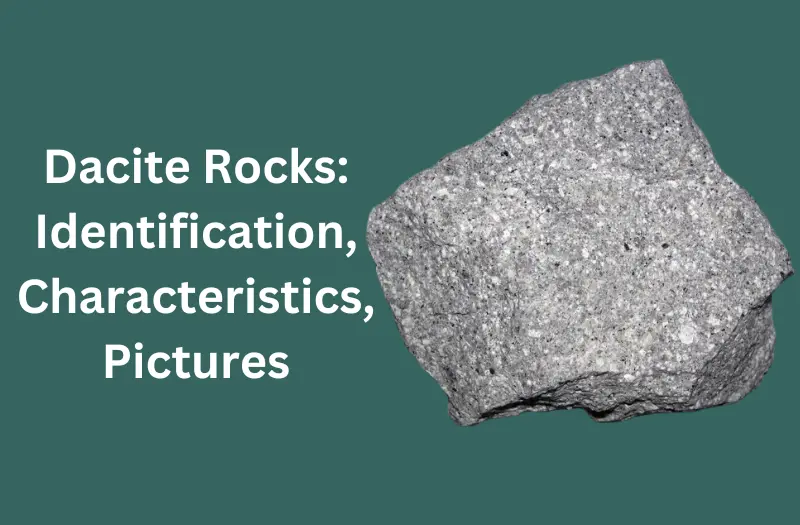
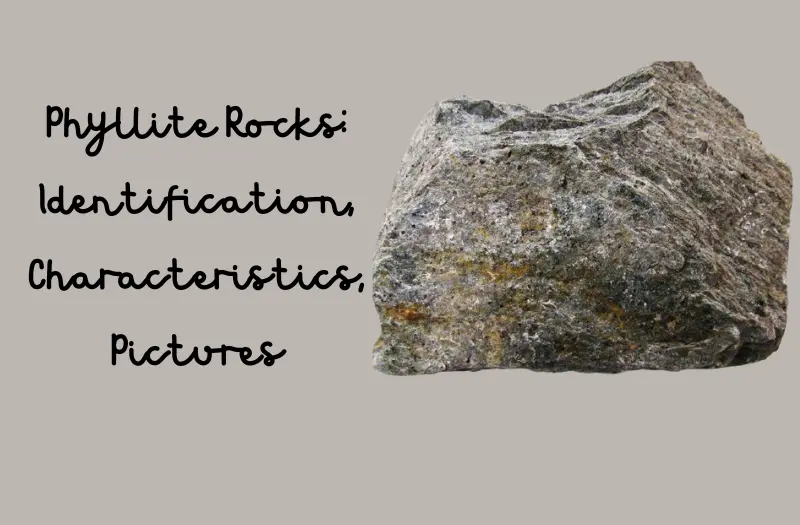
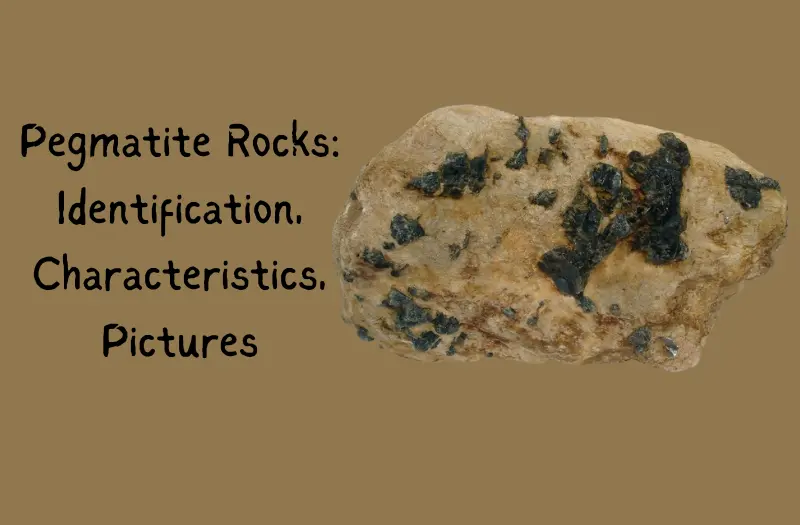
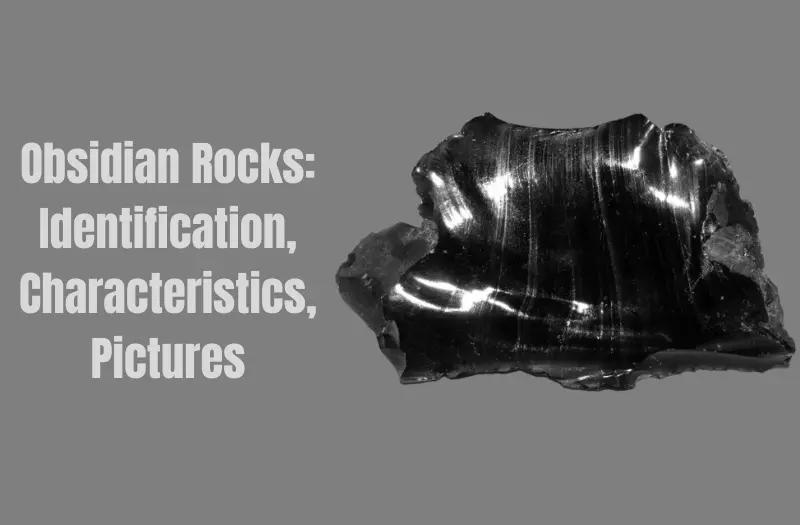
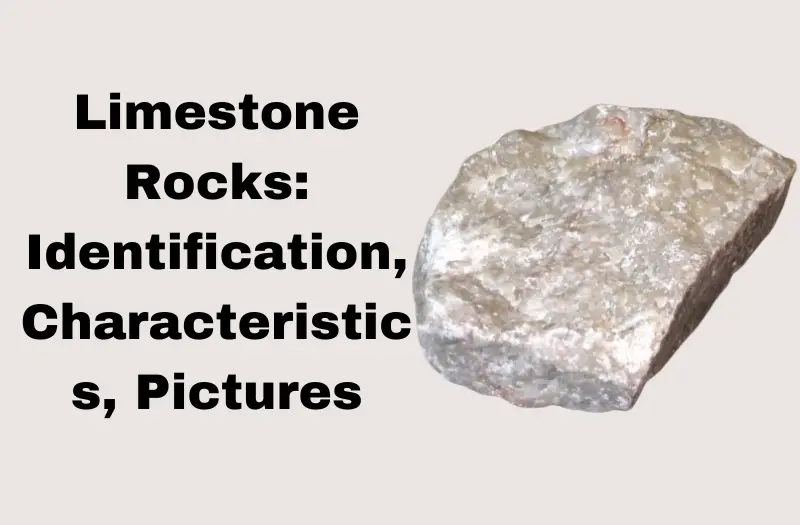
Leave a Reply